If you click on a link and make a purchase we may receive a small commission. Read our editorial policy.
Doctor Strange in the Multiverse of Madness costume designer Graham Churchyard on creating Earth 838's signature look and Wanda's multiversal mold
Doctor Strange 2 costume designer Graham Churchyard explores the multiverse through dress

The Marvel Multiverse is embiggening. Through the Time Variance Authority in Loki and Captain Carter in What If…?, the Marvel Cinematic Universe has been slowly introducing moviegoers to the multiverse concept. But that doesn't mean it wasn't horror-ific when it officially arrived in Doctor Strange in the Multiverse of Madness. When it came time for the 616's Master of the Mystic Arts (Benedict Cumberbatch) to traverse the multiverse for the first time in the Doctor Strange sequel, we learned that other MCU universes were already embroiled in a multiversal war involving the Darkhold. In the film, the doctor-sorcerers of other Earths were introduced as battle-worn heroes fighting the good (and the bad) fight to keep their reality's continuity from being destroyed by ours.
With Marvel's ever-expanding exploration of different Earths (and who can blame them when our reality sucks so hard?) comes new challenges for the artisans and designers responsible for creating the marvelous world of the 616 and beyond. The Doctor Strange in the Multiverse of Madness costume designer Graham Churchyard discussed designing the multiverse with Popverse over Zoom, revealing that MCU fans may be able to expect more adventures traversing the alternate universes introduced in the film.
Popverse: How do you approach designing a different universe (Earth 838)?
Graham Churchyard: Apart from the usual things of a script and director and all those endless meetings you have deciding what things look like, Marvel was taking on different worlds. In the beginning, they were trying to create the Defender world, or the 615 as we called it, which was a different Strange from a different multiverse. The idea was that he was an action hero, a kind of Errol Flynn swashbuckler-type, although he's also the Defender from the comic. He's in the third act of a movie you've never seen: here are our battle-weary heroes fighting to get to this book, but they get defeated by the creature.
Everything was for Marvel to create different worlds, and they were interested in exploring 838. As I understand it, there were going to be other movies. If I've got my math right, the last 29, including this one, are set in 616. I think that we've never known anything else but 616, so [Marvel] was experimenting with an alternate universe to take that forward into another phase. So the costumes' design reflected what Charlie Wood was doing with the production because you have to engage with cinematographer John Mathieson and production designer Charlie Wood, who is phenomenal. Charlie's been the production designer on many Marvel movies. He's done everything from Dark World to Endgame to this. You want to create something that dials into his world, so the characters look like they sit within it.
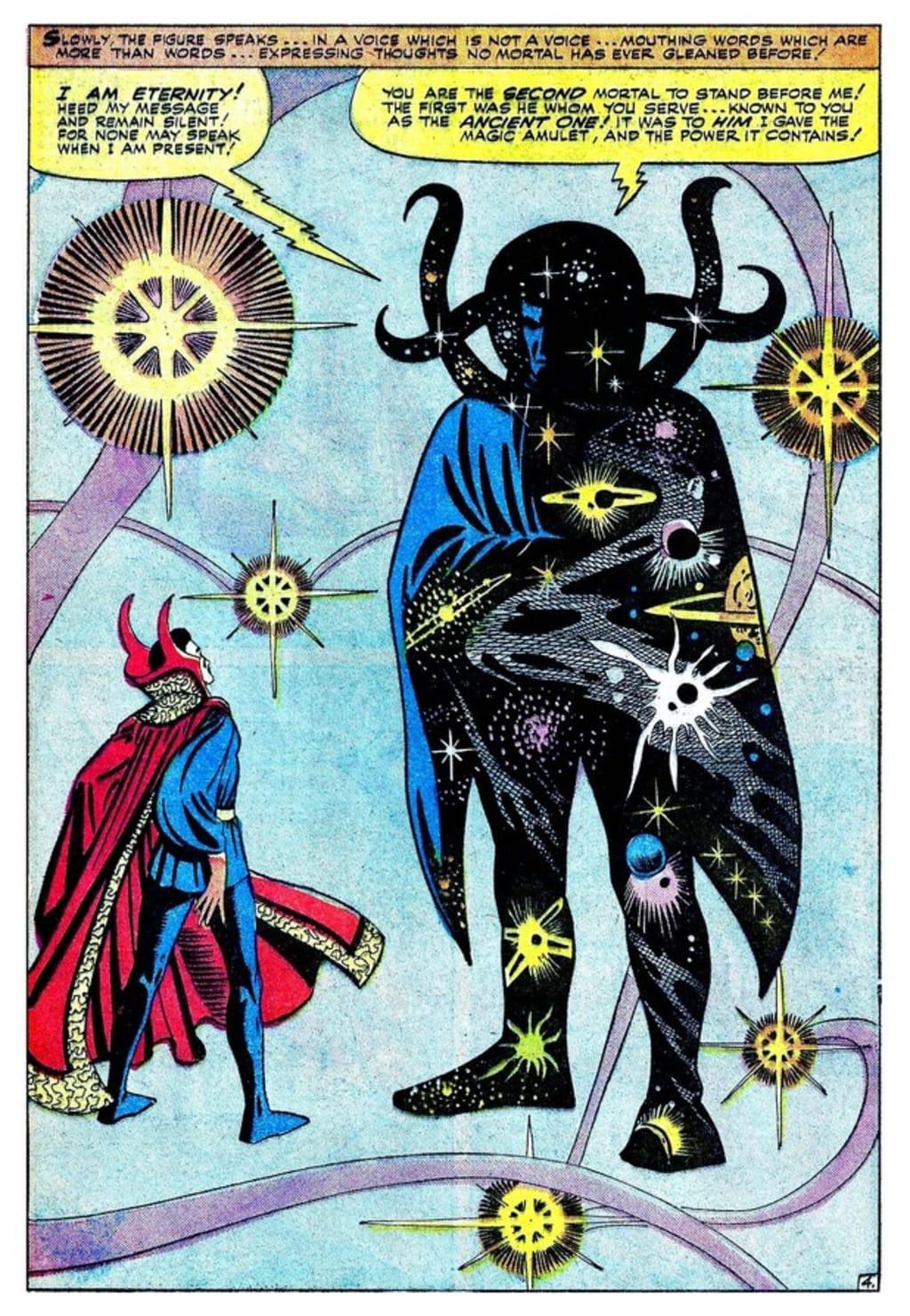
The opening was a tribute to Steve Ditko. That was the idea behind [615], which has nothing to do with me. That's to do with the visual effects and visual development. But the costumes were in a totally surreal world. Then, you come to Normal Strange, as it were, and he's in the world that we know, which is 616.
616 is like after half the world was dust, and people are trying to rebuild. Think, you come back from dust and go back to your apartment, and someone else is there. Can you imagine what that's like? And the whole world, the whole city, in particular, is falling apart. There's trash everywhere, and it looks all kind of beaten up because of what's been happening for the last five years.
So during the lockdown, we came up with this idea that these people were very regimented, and the idea of this other multiverse where this never happened (and Strange became a national hero) was a very controlled environment. I know there are the green walls, the canal street, and all the other things reflect that, but it's a dichotomy that everyone was wearing black and hats (and of course, there's the old deerstalker hat, which is a whole Sherlock tribute), and they have matching bags and umbrellas.
Not sci-fi related, but the idea that they were all in black because they were supposed to be in a controlled environment where people didn't walk down the sidewalk against each other; they all went in the same direction. It's Strange and America who are traveling upstream. They're against the tide and don't know how it works, so [the 838 costumes] were built up from that.

You used to be in the costume FX department. What is the collaborative process between the costume FX team and costume team?
I'm the guy that knows how the 3D printers, clay sculptors, jewelry makers, dyers, and screen printers work. Do I know all about it? Well, I'm supposed to know all about that stuff. There's a collaboration because the designers deal with the illustrators, tailors, and costume cutters (who cut out the costumes before they are sewn together), and they make all of those sorts of decisions. You use the resources and time available to create something, which is very intermeshed. I suppose on this job; I was doing more of that role because that's all I've done before.
In my old life, the designer would say, 'You know what we want,' and then leave me alone for a couple of days to make something. Then, it's not quite right or is right, or it's better than they thought. Once, I found myself in the fitting room asking, 'How long do you want Mordo's cloak?' And I'm looking behind me, waiting for the costume designer to say, 'What you mean?,' and it's like, 'Oh no, sorry it's me. I have to decide how long off the ground his cloak should be.' So, it's stuff like that. I was having a lot of fun pushing the parameters on things I knew an allocating the time so it was best used. The thing is, it's not just the specialty costumes that the [costume team] is dealing with; they're dealing with regular store-bought clothes for all the other kinds of changes for the actors, so they get very absorbed in those other sorts of regular costumes or uniforms.
It was a phenomenally large crew. We had 160 or 170 people working on Doctor Strange 2 because there was so much to do with Kamar-Taj, the Illuminati, and all those different Stranges. You know, Guardians of the Galaxy was pretty nuts too. We made so much stuff on that. On Thor and Guardians, I was running a workshop with a number of people. And, oh my god, on Age of Ultron, we made 20 repeats of Black Widow, and 20 repeats of Thor and Vision. It was endless. There was so much work. They were shooting in Korea, Italy, and London, and it was very fragmented, with the same costumes being used in all three locations at the same time. So when they started shooting, it was an absolute monster.
Since you've worked in different roles on the design team when you're designing a costume, you must think a lot about how a person can move in it.
I've been at the other end of the line, next to the actors, and sometimes moving is a big issue. I've had to deal with actors not being able to move a lot over the years, but I think they did pretty well in this one. I don't think there were any problems.
An important part of the story is that the Darkhold corrupts the characters. How is that embodied by changes in the Scarlet Witch's costume? Doctor Strange's?
The corruption was on many levels. There's Defender Strange, who's killed by the demon and ends up getting reanimated. There [were] all those weird discussions like, 'How distressed should the costume be? How distressed is the makeup going to be? Well, he's only been dead for two days because the whole story is only like a week, so how distressed can it be?' So we came up with this idea that when he fell through the multiverse before he hit the rooftop in 616, if you're alive, you arrive just fine, but if you're dead, then the decomposition is accelerated. That was the excuse-- that it's all completely accelerated. When he punches through the roof and rises, you see this amazing horror makeup that Barrie Gower made. Then, we totally disintegrated the Defender Strange costume from the cold opening, so you see the disgusting decomposed ribs punching through the distressed fabric like it's somehow acidic.

And then, the other people who are in the influence of being affected [by the Darkhold] are Scarlet Witch and Sinister Strange. They've been in possession of the Darkhold in different universes, so they've been corrupted. Wanda, the Scarlet Witch from WandaVision, had this very comic book-influenced costume that Mayes C. Rubeo did [for the Disney+ series]. It was a beautiful, dynamic look, but it wasn't working for Sam Raimi or the script that she was in this moment, so we closed the cold shoulder and created this multiversal mold that had crept over the costume. That's what the sleeves are supposed to represent, a multiversal corruptive mold from the Darkhold influences coming over her. So with her nice, pristine WandaVision costume, we took that bodice and used Mayes' same design, but then added in all this distress and level of corruption that [you can see] if you get in really close.
At points [during shooting], they were worried that Scarlet Witch didn't look scarlet. However, when she's flying around the sky in Karma-Taj, I knew I needed to create something where the skirt was flowing and it wasn't relying on visual effects all the time. At that moment, she appeared very scarlet, I think. When she's in the Karma-Taj war room, creeping out of the metal gong and appearing in puddles, and Strange is fighting her with the snakes, that moment was amazing. All the horror references are great.
Billy Maximoff actor Julian Hilliard talks WandaVision and Multiverse of Madness
Follow Popverse for upcoming event coverage and news
Find out how we conduct our review by reading our review policy
Let Popverse be your tour guide through the wilderness of pop culture
Sign in and let us help you find your new favorite thing.


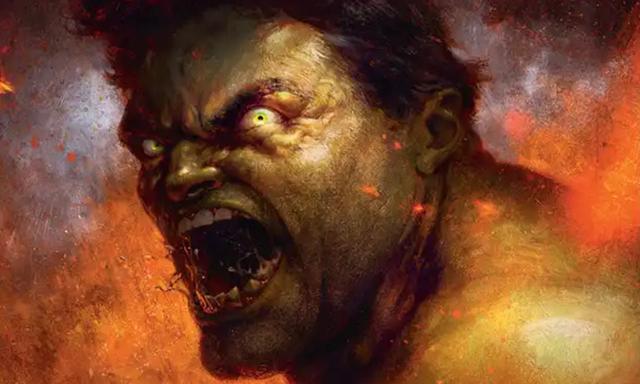

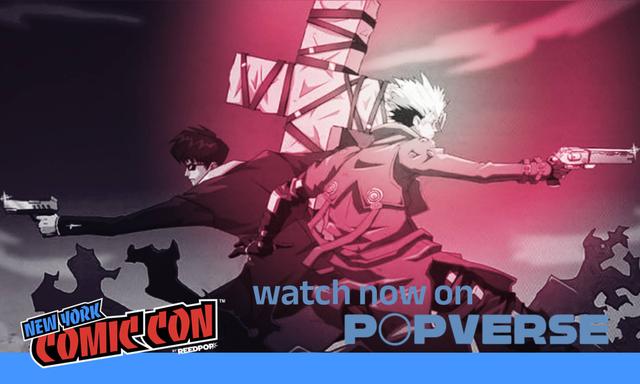
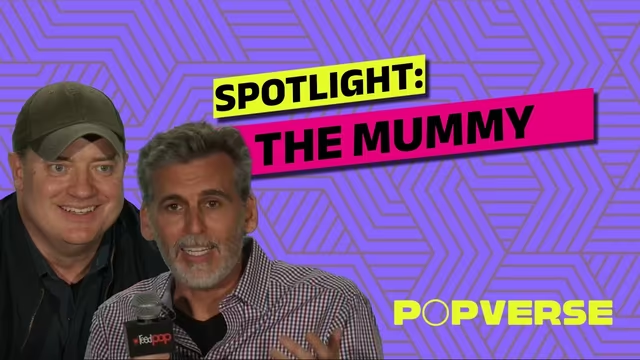


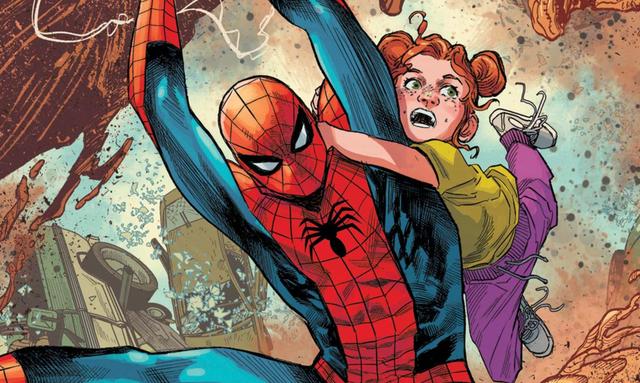
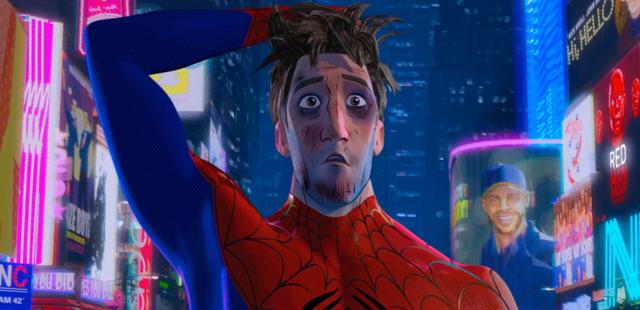






Comments
Want to join the discussion? Please activate your account first.
Visit Reedpop ID if you need to resend the confirmation email.